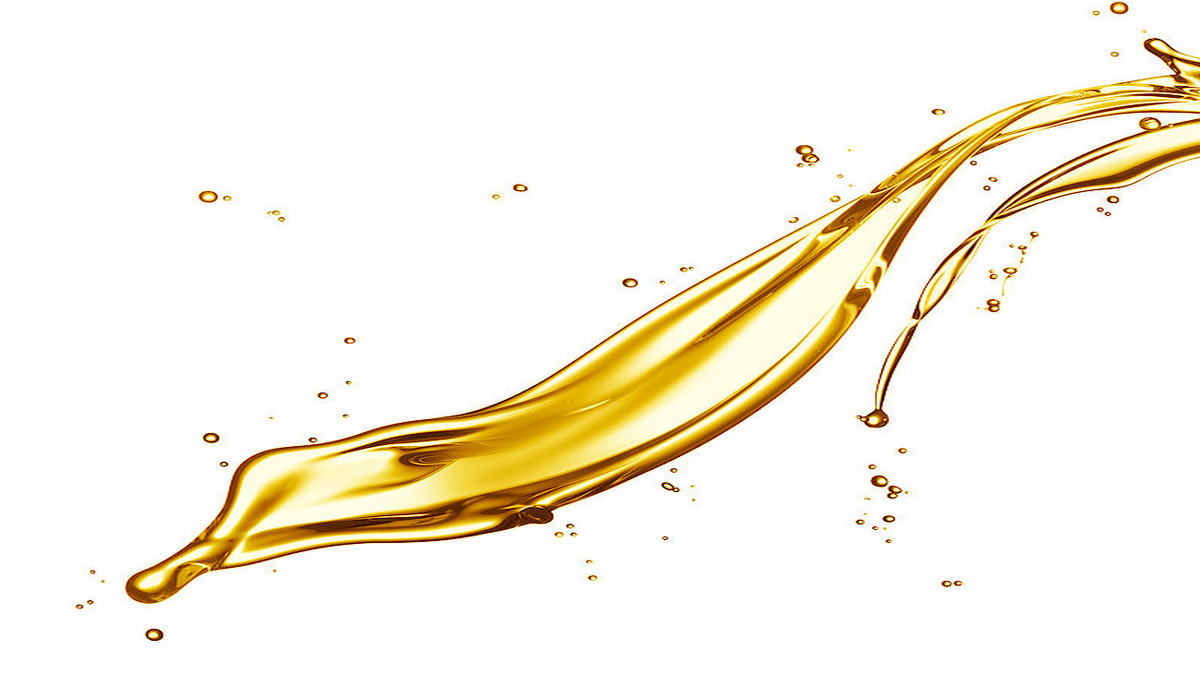In the process of metal processing, metal working fluid provides cooling and lubricating effects for various processing operations to ensure the accuracy and quality of the workpiece surface and prolong tool life.
What is Metalworking Cutting Fluid?
Metalworking fluids are mainly liquids for metal processing, which mainly play the role of lubrication and cooling, as well as anti-rust cleaning and other functions. General metalworking fluids include cutting fluid, cutting oil, emulsion, stamping oil, quenching oil, quenching agent, high-temperature oil, extreme pressure cutting fluid, grinding fluid, antirust oil, cleaning agent, blackening agent, deep drawing oil, thickener, etc. Metalworking cutting fluid is a low-foaming, high-lubricity soluble lubricating oil, which can minimize maintenance costs even in environments with high requirements for machining fluids. It applies to all types of metals and alloys. It is effective for the general machining of most ferrous metals. Especially in the processing of mild steel, cast iron, stainless steel, and other special steel, it can play an excellent lubricating and cooling effect at the same time.
What is the Function of Metalworking Cutting Fluid?
The metalworking cutting fluid has stable and outstanding performance and can be applied to various cutting and grinding operations of various materials (including non-metallic materials). The good chemical lubricity and mechanical lubricating properties of the product are suitable for the most demanding cutting and grinding processing requirements, and are the best choice for manufacturers of high-quality parts in large quantities. It is suitable for all types of machining of various metals and alloys. It is effective for the general machining of most ferrous metals, especially when machining mild steel, cast iron, stainless steel, and other special steel cooling effect.
With the continuous development and progress of industrial technology, new materials and processes continue to emerge, and the selection of appropriate cutting fluids in these processing processes is crucial to ensuring product processing quality, improving processing efficiency, and reducing the environmental pollution. Metalworking fluids are also commonly referred to as coolants. According to different machining requirements, metalworking fluids can be divided into cutting fluids, grinding fluids, and other types. In the manufacturing industry, metalworking fluids are widely used. For example, various metalworking fluids are widely used in the machining of engines and the machining of gearboxes, equipment manufacturing, and gear industries.
Metalworking includes rolling, forging, punching, drawing, forming, cutting, and grinding. Most metalworking relies on metalworking fluids, so metalworking fluids are used in large amounts, including fatty acid soaps, hydrocarbon oils, emulsified oils, and aqueous solutions. With the improvement of metal processing requirements, synthetic oils and synthetic metalworking fluids need to be used on many occasions to improve the quality of metal processing. Synthetic lubricants used in metalworking fluids include polyalkylene glycols, esters, synthetic hydrocarbons, and other synthetic lubricants.
What are the Classifications of Metalworking Fluids?
Metalworking fluids are complex. In terms of composition, metalworking fluids can be roughly divided into pure oil, soluble oil, chemical fluid, and semi-chemical fluid.
Metalworking fluids are generally classified by their mineral oil content:
- Pure oil metalworking fluid, the oil content is 90% to 95%.
- Emulsified metalworking fluids with mineral oil content exceeding 50%.
- Semi-synthetic metal working fluid, mineral oil content of 5% to 50%.
- Fully synthetic metalworking fluid without mineral oil.
The Main Functions of Metalworking Fluids:
- Lubrication function:
The metal surface is subjected to cutting force during the machining process, and there is a relative movement so that friction will be generated between the tool and the workpiece surface, and between the tool and the chip. The existence of this friction phenomenon will generate a large amount of heat and aggravate the wear of the tool and the deterioration of the surface accuracy of the workpiece and will reduce the processing efficiency. Metalworking fluids can reduce this friction, extending tool life and improving the surface quality of the workpiece. The higher the mineral oil content in the metalworking fluid, the better the lubricating performance of the metalworking fluid. With the development of metalworking fluid technology, semi-synthetic and fully synthetic metalworking fluids containing extreme pressure additives has good lubricating properties.
- Cooling function:
Because of the dual effects of shearing and friction in the machining process, a large amount of heat will inevitably be generated. If this heat cannot be taken away in time, it will cause a high temperature between the tool and the workpiece, which will soften the tool. Even reduce the hardness of the workpiece surface, aggravate tool wear, and affect the surface accuracy of the workpiece. The high temperature will also produce a built-up edge, resulting in a deviation in workpiece machining accuracy. Through the flushing action of a large flow of metalworking fluid, the heat generated in the machining process can be taken away. The temperature of the tool and the workpiece can be reduced, and the life of the tool can be prolonged. The surface accuracy of the workpiece can be improved, and the machining efficiency can be improved.
- Chip removal function:
Machining chips generated during metal machining, if not removed from the machining area in time, can create a built-up edge and cause wear on the machined surface.
- Anti-rust function:
Most metal materials will rust quickly after contact with moist air and water, and in the process of metal machining, if the metalworking fluid does not provide good rust protection between two different processes, it maybe It will cause the semi-finished product to rust, thus making the product scrapped. In addition to the above functions, metalworking fluids have functions such as anti-foaming, environmental friendliness, and antibacterial. Different machining methods have different functional requirements for metalworking fluids. For example, heavy-duty low-speed machining requires more lubricating properties of metals. High-speed and low-load machining requires higher cooling.
What is the Use Method of Metalworking Fluid?
Metalworking fluids cover most of the fluids used for metalworking, such as emulsified metalworking fluids, semi-synthetic metalworking fluids, fully synthetic metalworking fluids, and metalworking oils, all of which are metalworking fluids.
- Although there are many types of metalworking fluids, most of the methods used are similar. Water-soluble metalworking fluids need to be diluted by adding water. As for the water quality added, it must meet the requirements of metalworking fluids. Because water is divided into hard water and soft water.
- The use of metalworking oil is not the same as the use of metalworking fluid. Metalworking oil cannot be added to water, and it can be used directly without adding water. No further dilution is required when using it. However, when metal processing, it is necessary to select the metal processing oil with the required concentration of load processing according to the material, method, and requirements of the processing.
- Whether it is a metalworking fluid or metalworking oil when stored, it should be stored in a cool and dry place, avoiding direct sunlight. Follow the first-in, first-out principle when using it.
What are the Benefits of Using Metalworking Fluids?
- Tool wear is reduced by more than 20%:
Metalworking fluids significantly reduce tool wear, cutting tools by 21% on the front and 26% on the sides. Tool life and process stability are improved, and the surface quality of the parts produced is optimized.
- Optimized cycle time:
According to the wear situation, adjust the process parameters, optimize the cycle time, and improve the overall production efficiency. In addition to this, metalworking fluid costs can be reduced.
What are the Precautions for the Use of Metalworking Fluids?
What is the concentration of water-based machining fluid used?
The concentration used under different processing conditions is different, and the proportion of the concentration needs to be adjusted according to the technical data provided by the supplier. Insufficient concentration of the machining fluid can directly affect the life of the water tank, tool life, and surface accuracy. If the concentration is too high, it will affect the cost increase and reduce the defoaming performance. Good concentration management can preserve the efficiency of the machining fluid and reduce the probability of problems.
What details should be paid attention to when diluting the stock solution?
When preparing a new processing fluid, attention should be paid to the steps of mixing oil and water. For processing fluid, the stock solution needs to be added to water to ensure that the stock solution is fully emulsified in water and the stability of the emulsion to avoid the phenomenon of oil-water separation. The operator can also Use commercially available oil-water mixers for preparation. The source of water quality has a great influence on the stability of the processing fluid (>90% proportion comes from the dilution water). Too hard water quality can lead to unstable chemical structure, resulting in the separation of emulsions. Generally, tap water can be used for dilution. If you want to expect the highest working fluid life and effectiveness, it is recommended to use ionized or RO-treated pure water for preparation.
What is the method of replenishing the stock solution?
During the machining process, the liquid level of the machine water tank will decrease due to the removal of workpieces, machining debris, and volatilization, so it is necessary to replenish fresh machining fluid in an appropriate amount. Since the lost part is mainly due to the volatilization of water (processing heat source), the concentration of the new liquid added will be lower than the recommended concentration. For example, for an oil tank with a concentration of 5%, the concentration of the new liquid added is usually 1-2 %, can ask the oil supplier for details. The oil replenishment cycle depends on the on-site processing conditions, from daily to weekly.
What is the difference between refractive index vs concentration?
The refractive index is generally used to determine the concentration of the processing fluid. Different products may have different refractive indices, which can be obtained from the product manual. Refractive index x Refractometer observation value = concentration of the working fluid in use, many machining fluids on the market have a refractive index of 1. In this case, the refractometer observation value is the concentration of the working fluid. To ensure that the concentration of the water tank is maintained within the range of use, the operator needs to test the processing fluid daily.














